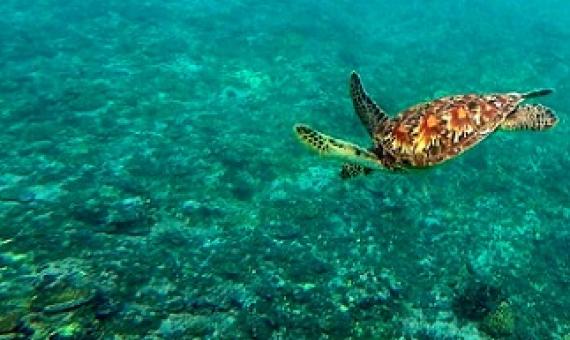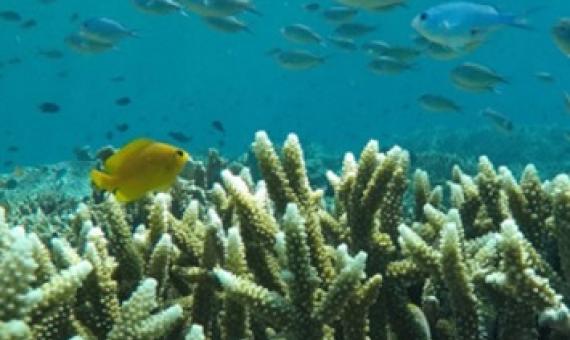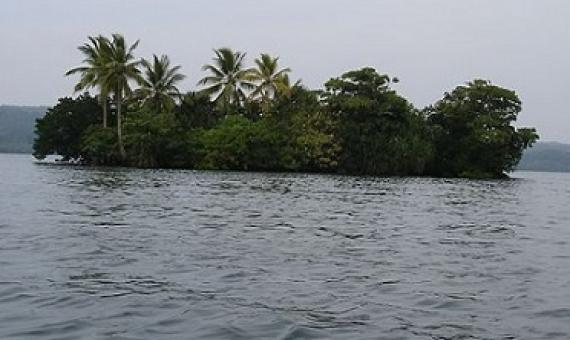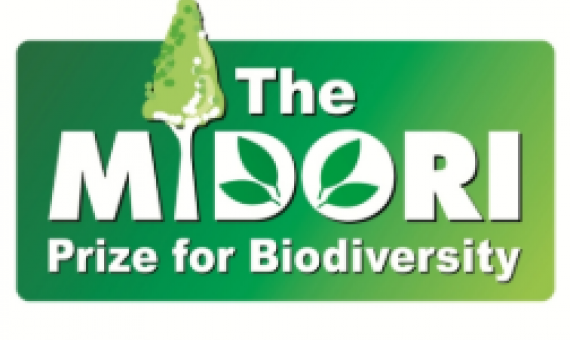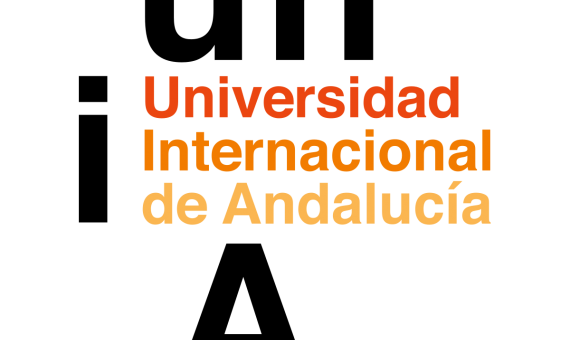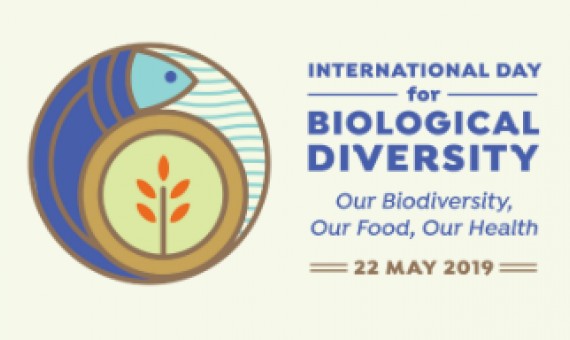Almost a third of the Earth will need to be protected by 2030 and pollution cut by half to save our remaining wildlife, as we enter the planet's sixth era of mass extinction, according to a United Nations agency. The UN Convention on Biological Diversity released a draft plan
A proposed update to the global treaty governing plant and animal life on Earth calls for nearly a third of the planet to be designated as protected by 2030.
Experts convened by IUCN have issued a statement on how World Heritage contributes to the Post-2020 Global Biodiversity Framework. This includes recommendations specific to World Heritage and its relevance to biodiversity.
With the aim to encourage positive action for biodiversity and inspire others by showcasing the notable work of those it honours, nominations are now invited for the MIDORI Prize for Biodiversity 2020. The call for nominations remains open until 30 March 2020.
Hope and doubt for the world’s marine ecosystems
In June 5–9, 2017, during the United Nations (UN) Ocean Conference, 143 governments, signatory parties of the Convention on Biological Diversity (CBD) declared their commitment and strategies to reach several objectives of the Sustainable Development Goal (SDG) 14, which stands to “conserve and sustainably use the oceans, seas and marine resources for sustainable development”.
This timely project will bring together perceptions from Experts in the field involved in conservation in protected and conserved areas...This project seeks to contribute to discussions towards transformative change in spatial conservation and is being carried out with the University of Cambridge
The Master’s Course is aimed at all those who are currently involved –or intend to become involved– in policy-making, the implementation of international environmental agreements, and the scientific and technical work required for enforcement. The general objective of the programme is to pro
Protected area connectivity: Shortfalls in global targets and country-level priorities
Connectivity of protected areas (PAs) is crucial for meeting their conservation goals. We provide the first global evaluation of countries' progress towards Aichi Target 11 of the Convention on Biological Diversity that is to have at least 17% of the land covered by well-connected PA systems by 2020. We quantify how well the terrestrial PA systems of countries are designed to promote connectivity, using the Protected Connected (ProtConn) indicator. We refine ProtConn to focus on the part of PA connectivity that is in the power of a country to influence, i.e.
The Secretariat of the Convention on Biological Diversity is pleased to announce that the theme of the International Day for Biological Diversity 2019, commorated on 22 May, is: "Our Biodiversity, Our Food, Our Health". Click on the link below for further details.
Nations have just one more year to reach the global marine conservation goal to protect 10 percent of the world’s oceans by 2020. Although 7 percent is already legally protected, many new declarations are massive, offshore areas.

